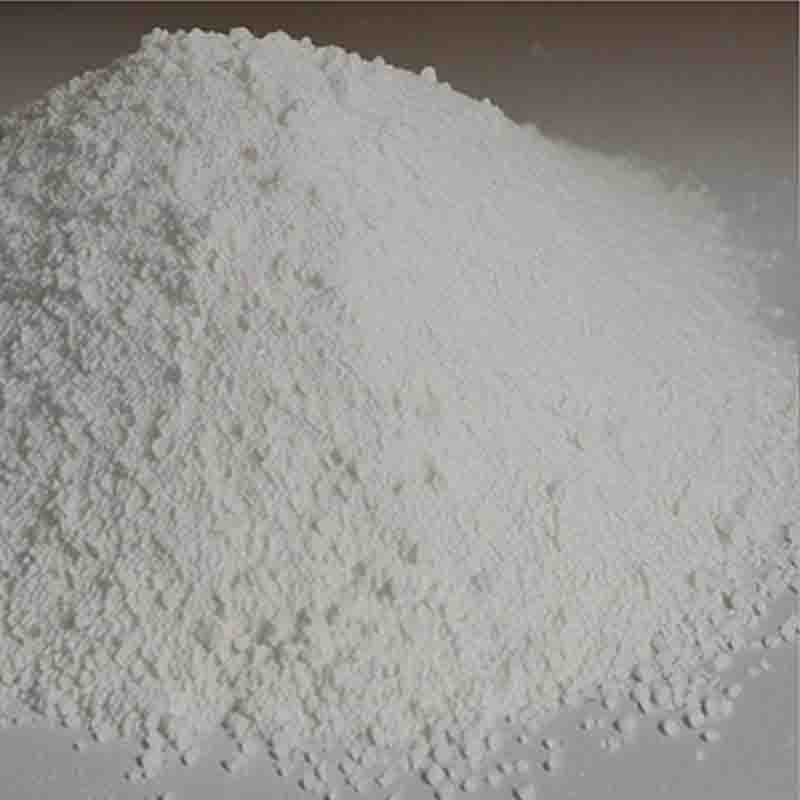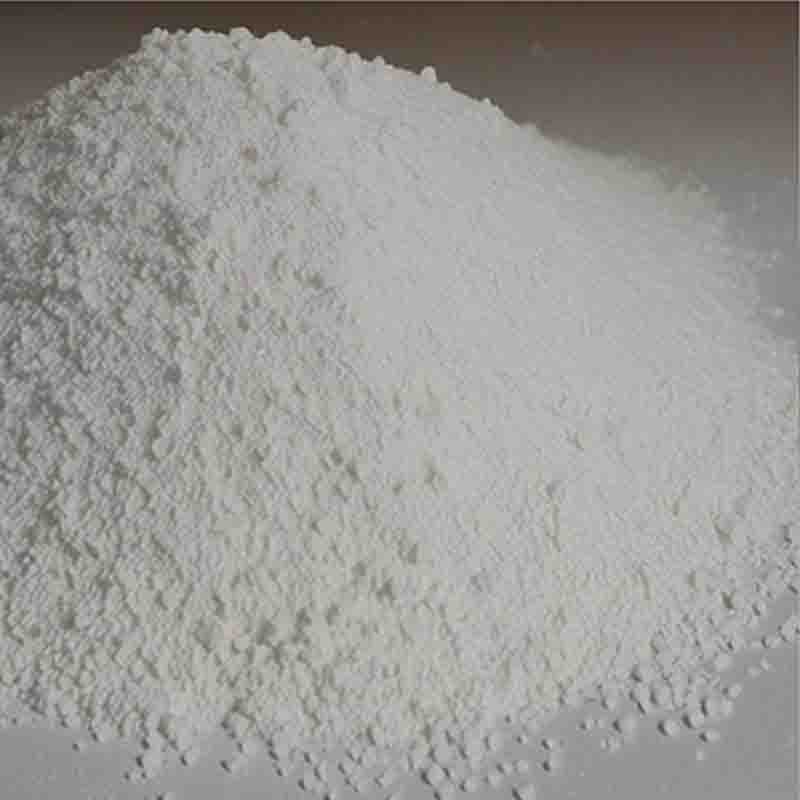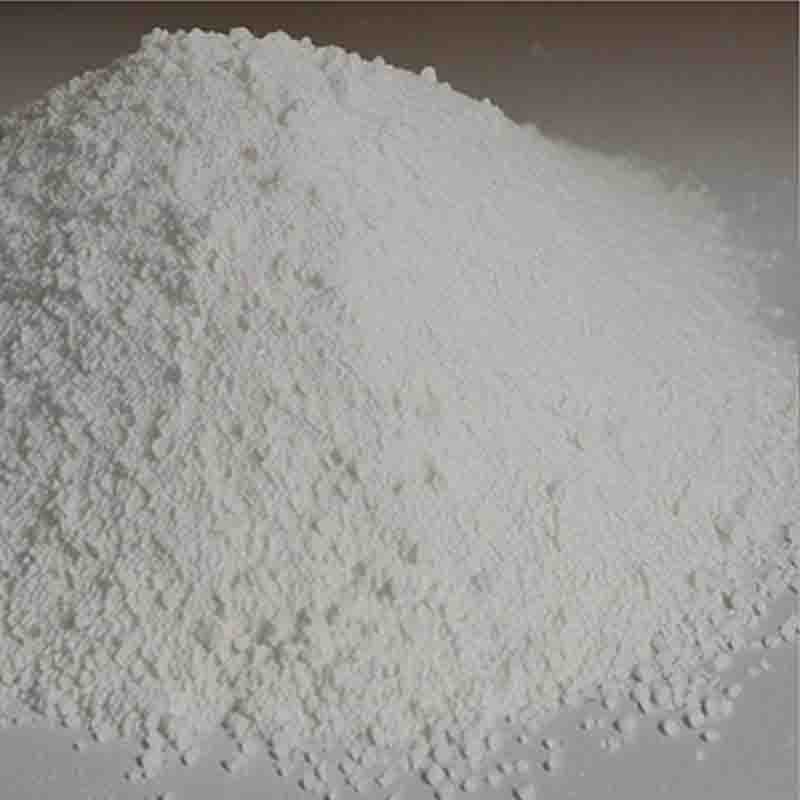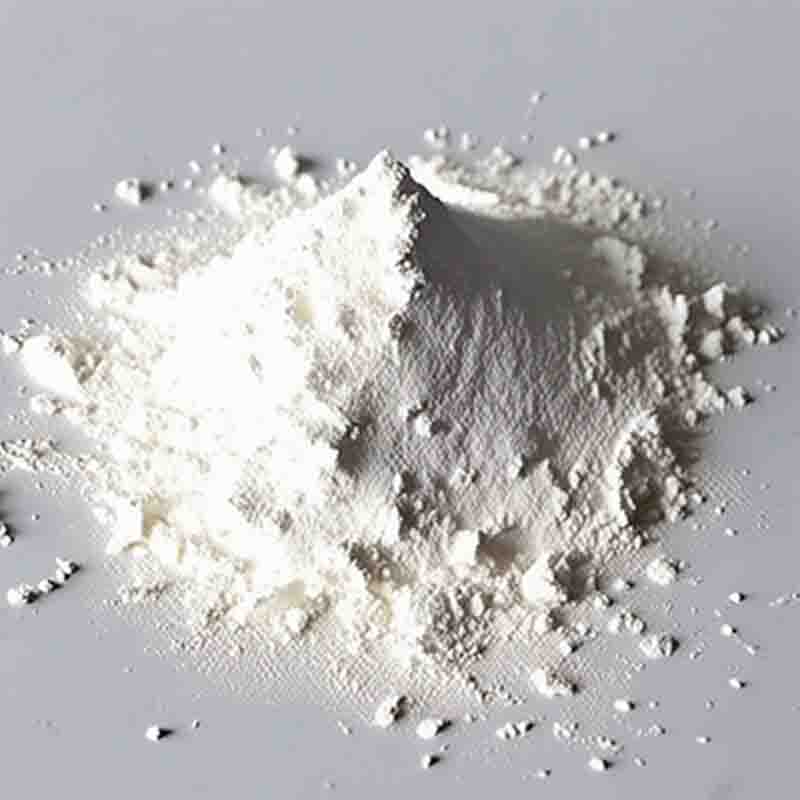2-(HEXYLOXY)ETHANOL CAS:112-25-4
| Catalog Number | XD94979 |
| Product Name | 2-(HEXYLOXY)ETHANOL |
| CAS | 112-25-4 |
| Molecular Formula | C8H18O2 |
| Molecular Weight | 146.23 |
| Storage Details | Ambient |
Product Specification
| Appearance | White powder |
| Assay | 99% min |
2-(hexyloxy)ethanol, also known as hexyl cellosolve, is a chemical compound commonly used in industrial and commercial applications. In this response, we will explore its effects and uses.One of the primary effects of 2-(hexyloxy)ethanol is its solvency power. It is an excellent solvent for various substances, including oils, greases, resins, and polymers. This makes it useful in the formulation of paints, coatings, and adhesives. Its solvency properties allow it to dissolve and disperse these substances, enabling better mixing and homogeneity in the final product.Furthermore, 2-(hexyloxy)ethanol can act as a coupling agent, which means it improves the compatibility between different components within a formulation. It helps in blending water-based and oil-based components, enhancing the stability and overall performance of the mixture. This effect is particularly valuable in the production of emulsion paints and other similar products.Another important effect of this compound is its ability to lower the surface tension of liquids. It acts as a surfactant, allowing better spreading and wetting of materials on surfaces. This makes it useful in cleaning agents, where it helps penetrate and remove dirt, grease, and grime effectively. It is also utilized in various industrial processes where surface tension reduction is required.It is important to note that prolonged and excessive exposure to 2-(hexyloxy)ethanol can have adverse health effects. It can irritate the skin, eyes, and respiratory system. Therefore, it is essential to follow safety guidelines, use appropriate protective equipment, and handle this compound in a well-ventilated area to minimize exposure.In summary, 2-(hexyloxy)ethanol is a versatile compound with solvency, coupling, and surface tension-lowering effects. Its applications range from paints and coatings to adhesives and cleaning agents. However, it is important to handle this compound with care and follow safety precautions to ensure safe use and minimize potential health risks.









